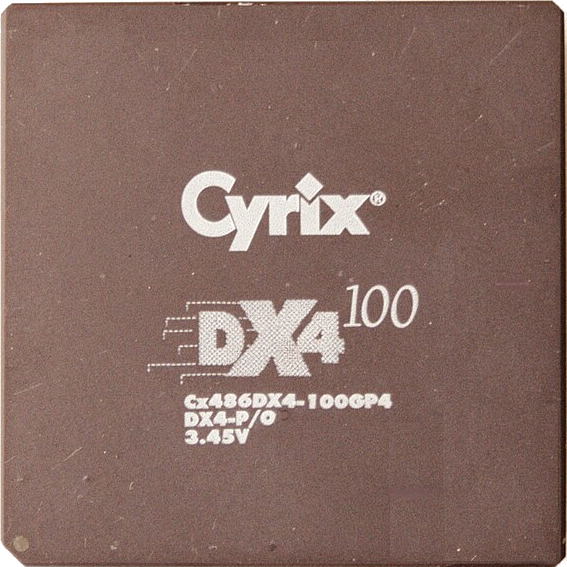Hi all!
I will soon acquire a pretty beefy unit compared to my current setup (3 node server with each 16C, 512G RAM and 32T Storage).
Currently I run TrueNAS and Proxmox on bare metal and most of my storage is made available to apps via SSHFS or NFS.
I recently started looking for “modern” distributed filesystems and found some interesting S3-like/compatible projects.
To name a few:
- MinIO
- SeaweedFS
- Garage
- GlusterFS
I like the idea of abstracting the filesystem to allow me to move data around, play with redundancy and balancing, etc.
My most important services are:
- Plex (Media management/sharing)
- Stash (Like Plex 🙃)
- Nextcloud
- Caddy with Adguard Home and Unbound DNS
- Most of the Arr suite
- Git, Wiki, File/Link sharing services
As you can see, a lot of download/streaming/torrenting of files accross services. Smaller services are on a Docker VM on Proxmox.
Currently the setup is messy due to the organic evolution of my setup, but since I will upgrade on brand new metal, I was looking for suggestions on the pillars.
So far, I am considering installing a Proxmox cluster with the 3 nodes and host VMs for the heavy stuff and a Docker VM.
How do you see the file storage portion? Should I try a full/partial plunge info S3-compatible object storage? What architecture/tech would be interesting to experiment with?
Or should I stick with tried-and-true, boring solutions like NFS Shares?
Thank you for your suggestions!
“Boring”? I’d be more interested in what works without causing problems. NFS is bulletproof.
NFS is bulletproof.
For it to be bulletproof, it would help if it came with security built in. Kerberos is a complex mess.
You are 100% right, I meant for the homelab as a whole. I do it for self-hosting purposes, but the journey is a hobby of mine.
So exploring more experimental technologies would be a plus for me.
Most of the things you listed require some very specific constraints to even work, let alone work well. If you’re working with just a few machines, no storage array or high bandwidth networking, I’d just stick with NFS.
I’d only use sshfs if there’s no other alternative. Like if you had to copy over a slow internet link and sync wasn’t available.
NFS is fine for local network filesystems. I use it everywhere and it’s great. Learn to use autos and NFS is just automatic everywhere you need it.
*autofs
sshfs is somewhat unmaintained, only “high-impact issues” are being addressed https://github.com/libfuse/sshfs
I would go for NFS.
Your workload just won’t see much difference with any of them, so take your pick.
NFS is old, but if you add security constraints, it works really well. If you want to tune for bandwidth, try iSCSI , bonus points if you get zfs-over-iSCSI working with tuned block size. This last one is blazing fast if you have zfs at each and you do Zfs snapshots.
Beyond that, you’re getting into very tuned SAN things, which people build their careers on, its a real rabbit hole.
I’m using ceph on my proxmox cluster but only for the server data, all my jellyfin media goes into a separate NAS using NFS as it doesn’t really need the high availability and everything else that comes with ceph.
It’s been working great, You can set everything up through the Proxmox GUI and it’ll show up as any other storage for the VMs. You need enterprise grade NVMEs for it though or it’ll chew through them in no time. Also a separate network connection for ceph traffic if you’re moving a lot of data.
Very happy with this setup.
NFS gives me the best performance. I’ve tried GlusterFS (not at home, for work), and it was kind of a pain to set up and maintain.


